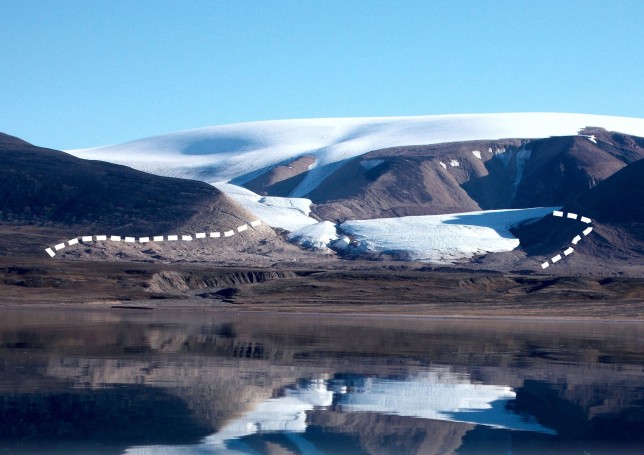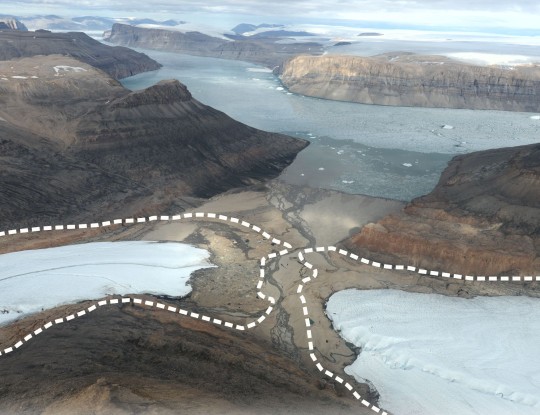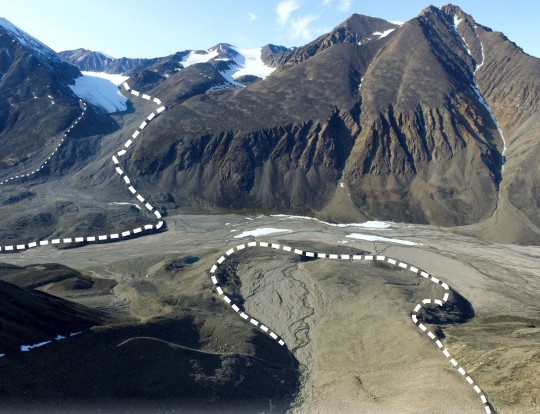Glaciers and ice caps in Greenland are melting at three times the rate they were at the start of the 20th century, according to a study.
Scientists from the universities of Portsmouth and Leeds mapped 5,327 glaciers and ice caps at the end of the Little Ice Age in 1900 – a period of widespread cooling where global temperatures dropped by up to 2C.
The study, published in Geophysical Research Letters, says Greenland’s glaciers have lost at least 587 km3 of ice during the last century, accounting for 1.38 millimetres of sea-level rise.
That equates to 499 gigatons (Gt) at a rate of 4.34 Gt per year – enough to fill 43,400 US aircraft carriers.
The researchers estimate that the speed at which the water melted between 2000 and 2019 was three times higher than the long-term average since 1900.
‘Previous research using satellite data suggests Greenland’s glaciers and ice caps could lose between 19% and 28% of their volume by 2100,’ said Dr Clare Boston, from the School of the Environment, Geography and Geosciences at the University of Portsmouth.
‘These predictions only use information gathered from the past few decades, whereas our research provides baseline data from more than 100 years ago. Seeing how glaciers have evolved over a longer period of time can give us a better chance of predicting how they’ll change in the future.’
The paper highlights that Greenland’s glaciers and ice caps contribute significantly to meltwater runoff and currently rank as the second-largest source of meltwater after Alaska.
‘The impact of meltwater runoff from Greenland into the North Atlantic extends beyond global sea-level rise, affecting North Atlantic ocean circulation, European climate patterns, and Greenlandic fjord water quality and marine ecosystems,’ said Dr Jonathan Carrivick, from the School of Geography at the University of Leeds.
‘This has immense implications on humans too, with these glacier changes having a direct impact on the economic activities of fishing, mining and hydropower, as well as affecting people’s health and behaviour.’
The Greenland ice sheet is the second largest ice sheet in the world, after the Antarctic ice sheet. It covers about 1.7 million square kilometres (660,000 square miles), or 80% of the surface of Greenland.
Last year, a heatwave melted nearly 6 trillion kgs of Greenland’s ice in 3 days as satellite images showed Northern Greenland reached 15C.
The melting of the Greenland ice sheet significantly contributes to global sea level rise as it contains enough water to raise sea levels by about 7 meters (23 feet).
The study’s findings are a stark reminder of the impact of climate change on the world’s glaciers and ice caps.
The melting of the Greenland ice sheet is also causing coastal communities to be inundated with seawater, displacing people and destroying property.
MORE : Greenland’s ice sheet is at its warmest level for 1,000 years
MORE : Heatwave melts nearly 6,000,000,000,000 kgs of Greenland’s ice in 3 days












